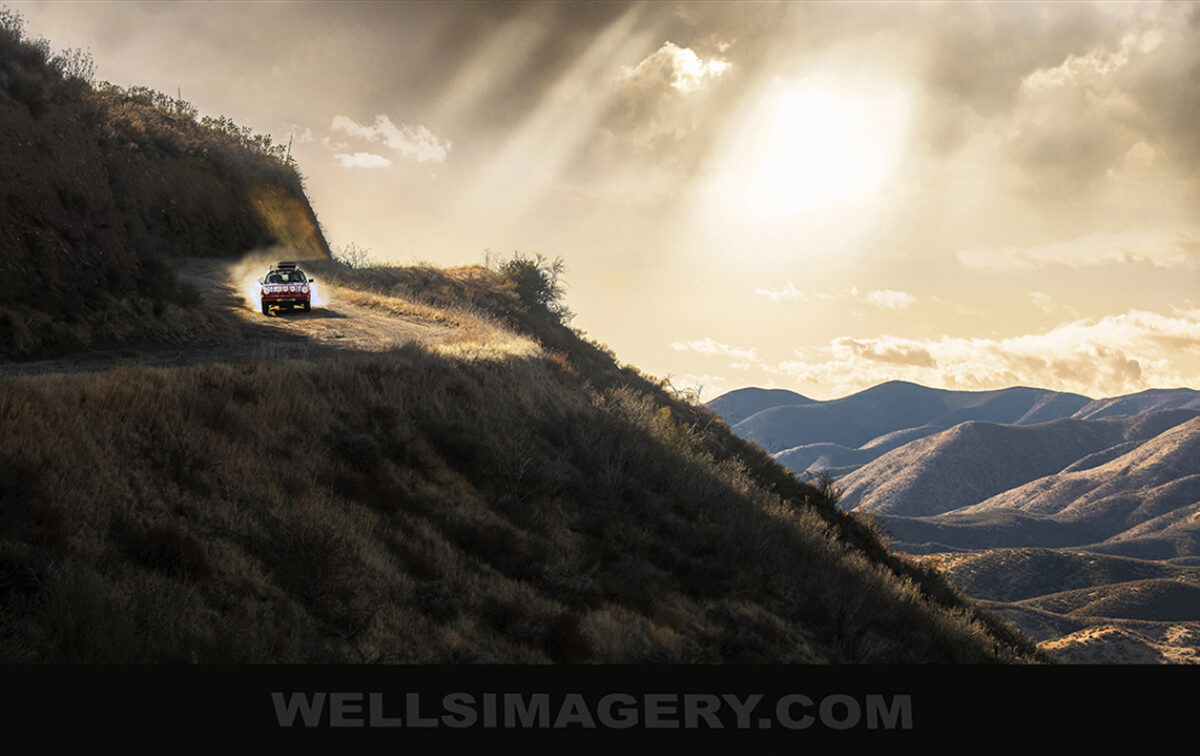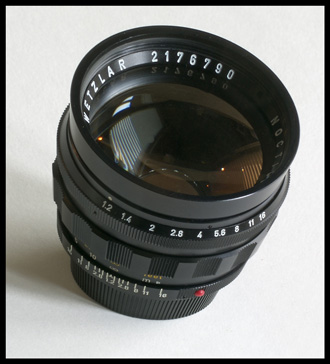THE EARLY 911, FILM AND VINYL – PART 2
My history with cameras is remarkably similar to that for early 911s. I learned to photograph and develop my own black and white film in 1979 with a German made Leica M3. That first rangefinder camera led to the use of numerous film-based Leica cameras and lenses, which have a smoothness and mechanical precision missing from many other models. I still love using the Leicas for their purity, quiet shutter and silky film advance lever. However I’ve made Canon digital SLRs my choice for most subjects since photography has become my profession (and Leica discontinued its SLR line.).
My audio hobby had taken a similar course. By the mid 80’s, original LPs were occupying my interest – The Beatles, The Who, The Rolling Stones, Pink Floyd, Led Zeppelin, you name it – I was buying whatever LPs the new CD converts were selling. My turntable and audio system continued to improve over time, and eventually I ended up with a top-of-the-line Rega turntable matched to VTL tube electronics and big planar speakers. For everyday listening, CDs fit the bill. But for the times when I really want to savor my audio system, vinyl rules the roost.
Having lived with Early 911s, Leica rangefinders and a vinyl based audio system for over a decade; I can tell you that each of these require more commitment and care than their modern day equivalents. For example, a Porsche 997 demands much less maintenance, and when parts do wear out new factory parts are easily available. Similarly, CD players are essentially plug and play requiring little attention, and digital cameras are inevitably replaced every few years due to rapid advances of technology. Yet for many enthusiasts, especially those from the “baby boom†generation, continuing to use vintage technology has proven more satisfying than living within the confines of a world determined by convenience.
There is a built-in ritual to enjoying these artifacts from the late 60’s that is ultimately engaging. Unlocking the car door by hand, loading a roll of film, and preparing a turntable are just the beginning. Pull up the hand throttle, advance the shutter with your thumb, clean the stylus – then warm up the motor, manually focus the lens, and cue up an LP. These old school pastimes are quick to let you know when you are doing something wrong and are equally ready to reward you when you are doing it right. At times it seems like these “dinosaurs†from the past defy the laws of physics. How does a rear-engined air-cooled sports car stay on the road without oversteering into the bushes in a hot molten mess? How does a shard of diamond trace the grooves of a fragile vinyl record without ruining it? And how does a camera that fits in your jacket pocket take pictures that rival or surpass those made with the best full size 35mm SLRs?
Still, there is no denying that “hassle free†is not an adjective applied to these pursuits. Old Leica cameras need to be exercised and periodically lubricated. Vinyl records have to be cleaned and handled carefully. The turntable you play them on needs to be aligned and leveled, and the phono cartridge needs to be periodically set properly or replaced. Just the right suspension is needed to allow for the fullest performance and experience – as is true for the Early 911, which needs periodic alignment and suspension service. Parts wear out, can be hard to find, and NOS stuff can get expensive. Not to mention non-galvanized metal rusts badly when it gets wet. It sometimes seems like it never ends…
Part 3 to follow

